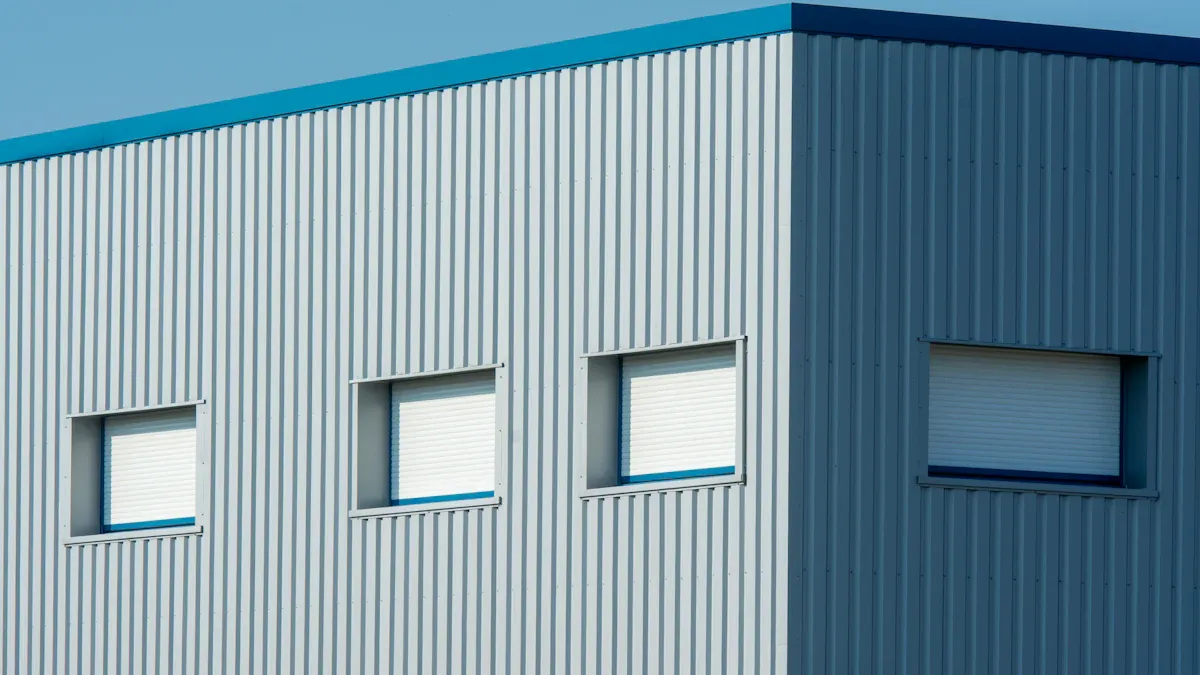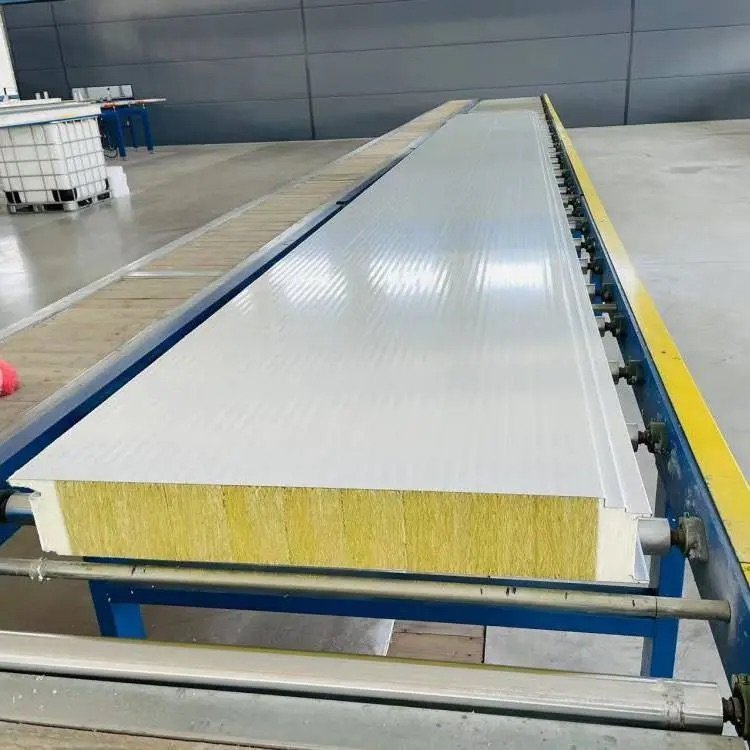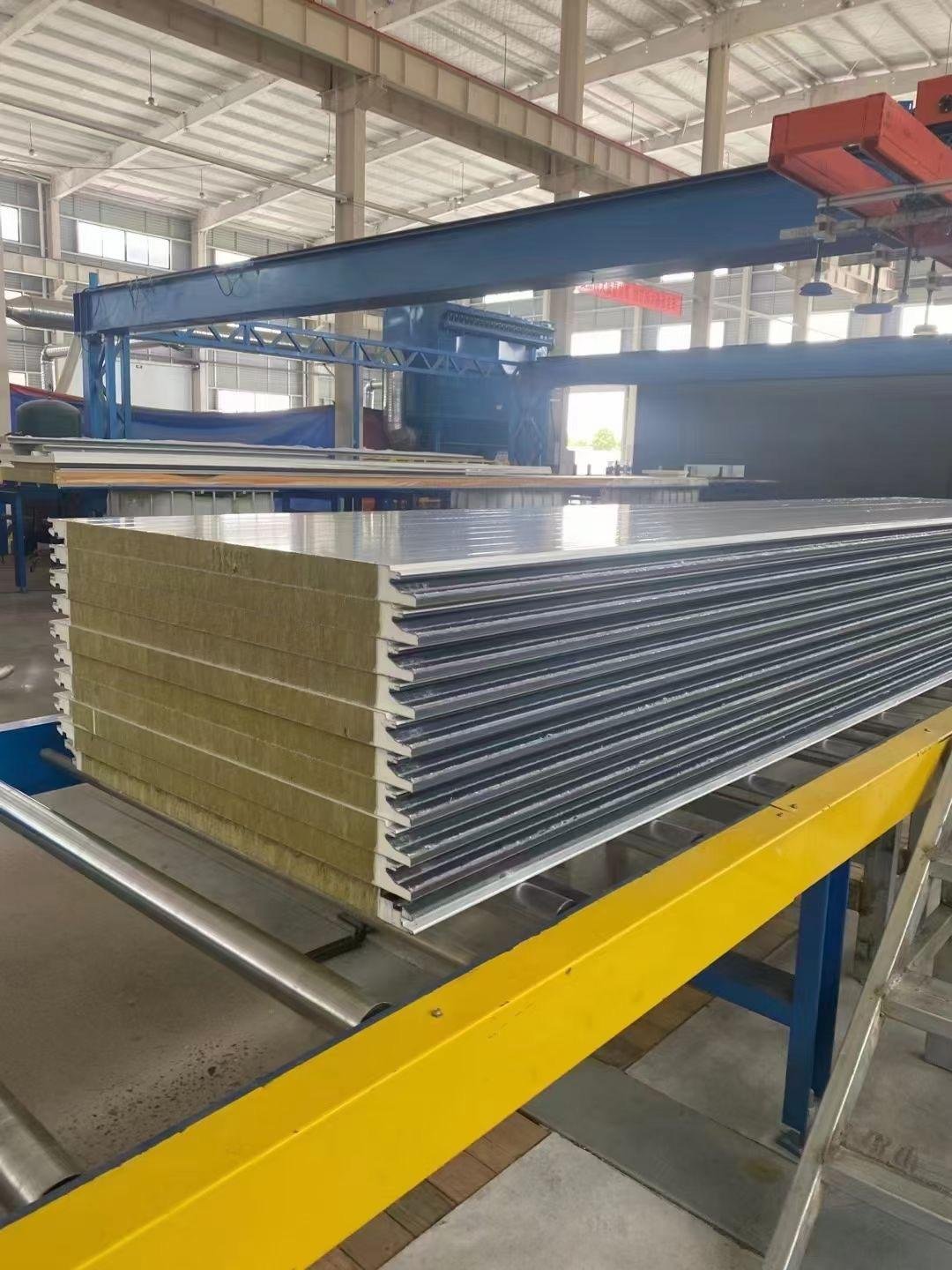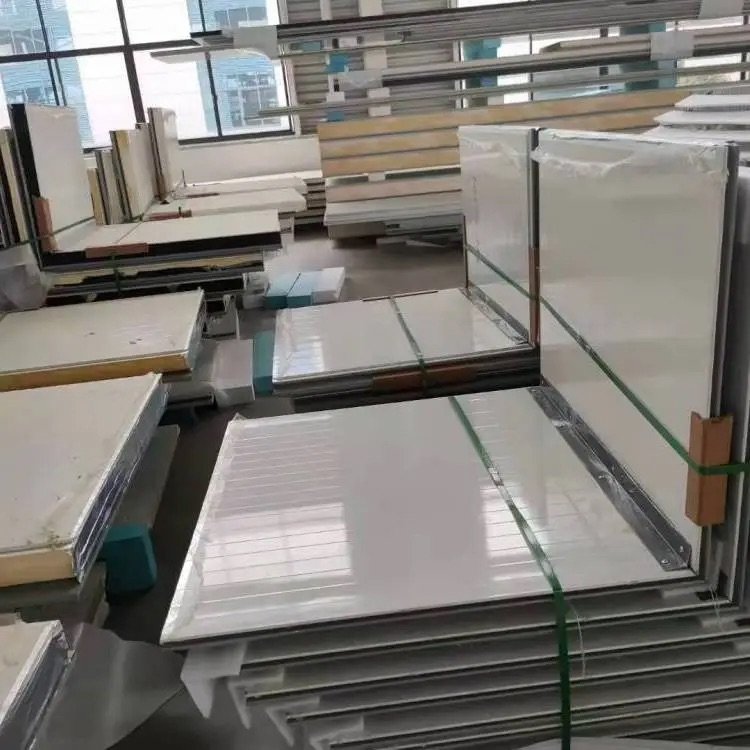
PIR boards are expensive for a few reasons. They are made using materials like polyurethane, which come from oil. Oil prices often change, making these materials cost more. Problems in the global supply chain, like during COVID-19, also raised costs. PIR boards are great at keeping heat in or out. They meet strict building rules, like Europe’s goal for zero emissions by 2030. These features make PIR boards a smart choice for saving energy. Even though they cost a lot at first, they last long and work well, so they are worth it.
Key Takeaways
PIR boards are made with strong materials like polyurethane. Oil price changes can make them more expensive.
Problems in the supply chain, like during COVID-19, caused shortages of key chemicals. This made PIR boards cost more.
PIR boards keep heat in or out very well. They lower heating and cooling bills, so they are worth the high price.
They are tough and resist water, lasting longer than cheaper options. This saves money on fixing or replacing them.
PIR boards follow strict building rules. They are great for energy-saving and eco-friendly buildings.
Factors Affecting PIR Board Prices
Materials and Supply Chain
Top-quality materials in PIR boards
PIR boards use high-grade materials like polyurethane, made from oil. These materials make the boards strong and effective for insulation. But when oil prices go up, production costs rise too. Companies focus on quality to meet strict building rules, which adds to the price.
Supply chain problems and chemical shortages
Making PIR boards needs special chemicals like MDI (methylene diphenyl diisocyanate). Global supply issues, such as during COVID-19, caused shortages of these chemicals. With less MDI available, prices for PIR boards increased for buyers.
Complex Manufacturing
Energy-heavy production methods
Creating PIR boards takes a lot of energy. High heat and advanced machines are used to make the foam core that insulates well. This energy use raises the overall cost of PIR boards.
Cutting-edge technology and strict checks
Companies spend a lot on new technology and safety checks for PIR boards. For example, Kingspan and Saint-Gobain have made recyclable panels and fire-safe designs. Below is a table showing recent PIR board innovations:
Year | New Development |
|---|---|
2022 | Kingspan made PIR panels with better insulation. |
2023 | Saint-Gobain launched recyclable PIR panels. |
2020 | Fire-resistant PIR panels were introduced by many brands. |
2019 | Companies focused on eco-friendly production methods. |
These improvements make PIR boards high-quality but also more expensive.
Demand and Rules
Higher demand due to stricter building laws
New building laws, like Europe’s zero-emission goal by 2030, require better insulation. PIR boards are popular because they meet these tough rules. This demand has pushed their prices higher.
Few alternatives for top insulation
Not many other insulation options work as well as PIR boards. Some types exist, but they don’t match PIR boards in efficiency or durability. With fewer choices, PIR boards remain costly.
Price per m² | Price Increase (%) | Effective Date | |
|---|---|---|---|
Celotex PL4000 62.5mm | £17.72 | N/A | N/A |
SuperQuilt | < £8 | N/A | N/A |
Kingspan Insulation | £12.82 | 4% – 10% | 1st August 2024 |
Unilin Insulation | N/A | 10% | 1st July 2024 |
Celotex Insulation | N/A | 10% | 1st July 2024 |
Recticel Insulation | N/A | 8% | 1st June 2024 |
IKO Insulation | N/A | 8% | 1st June 2024 |
This table shows how fewer choices and rising costs affect the insulation market, making PIR boards a top option.
Comparing PIR Boards to Other Insulation Options
Insulation Cost Differences
PIR boards vs. fiberglass insulation
PIR boards cost more than fiberglass insulation. They provide better heat control but are pricier. Installing PIR with plasterboard costs about £1,140. In contrast, insulated plasterboard costs around £760. This price difference shows PIR’s advanced materials and energy-saving benefits. Fiberglass is cheaper and works for less demanding projects.
PIR boards vs. expanded polystyrene (EPS) insulation
PIR boards are thinner and insulate better than EPS. For the same U-value in 150 m², PIR needs 6 cm thickness, while EPS needs 12 cm. This saves 3.384 m² of space, adding property value. EPS costs less upfront, but PIR’s long-term benefits often make it worth the price.
Performance and Efficiency
Thermal resistance and energy efficiency of PIR boards
PIR boards resist heat well, with a conductivity of 0.022–0.023 W/mK. This makes them better insulators than EPS or fiberglass. Studies show PIR keeps indoor temperatures steady, cutting heating and cooling costs over time.
Durability and lifespan compared to alternatives
PIR boards last longer and resist fire better than other options. They keep their insulating ability if installed properly and kept dry. EPS and fiberglass can break down faster with temperature changes. PIR boards are a durable choice for long-term use.
Environmental Considerations
Sustainability and carbon footprint of PIR boards
Making PIR boards uses a lot of energy, raising their carbon footprint. But their long life and energy savings balance this out. Companies like Kingspan and Celotex now use greener methods to lower emissions.
Comparison with other insulation materials
PIR boards insulate better with less material than fiberglass or EPS. Fiberglass can be recycled but isn’t as efficient as PIR. EPS has a bigger carbon footprint and needs more material for the same insulation. PIR boards offer a good mix of performance and eco-friendliness for modern buildings.
Benefits of PIR Boards That Justify Their Price

Energy Efficiency and Savings
Excellent heat insulation
PIR boards are great at keeping heat in or out. They have low thermal conductivity, between 0.022 and 0.023 W/mK. This means less heat escapes in winter and less heat enters in summer. Your home stays comfortable without using too much heating or cooling. Compared to fiberglass or EPS, PIR boards need less material to insulate well. This saves space in your home or building.
Lower heating and cooling costs
Using PIR boards can cut your energy bills. They reduce the work your heating and cooling systems need to do. Over time, this saves you money. While PIR boards cost more upfront, they pay off with lower energy costs later. Saving energy also helps the environment by reducing waste and emissions.
Durability and Longevity
Strong against water and damage
PIR boards don’t soak up water because of their closed-cell design. This stops moisture from causing mold or condensation problems. Installing them with a vapor barrier keeps them working well for years. Systems like VILPE Sense can check humidity and adjust airflow to prevent damage. This makes PIR boards last longer.
PIR board durability features:
Blocks water absorption.
Stops mold and condensation.
Stays strong with proper setup.
Lasts longer than other insulation
PIR boards last longer than materials like EPS. They keep insulating well even in tough conditions. Below is a table comparing PIR boards to other insulation types:
Feature | PIR Boards | EPS Insulation | Aerogel Slabs |
|---|---|---|---|
Heat Conductivity (W/mK) | 0.022–0.023 | At least 30% higher | Similar |
Heat Capacity (J/kg·K) | 1300–1500 | Lower | Lower |
Heat Stability (°C) | 0 to 200 | Melts at lower temperatures | Not listed |
PIR boards stay effective for decades, making them a smart long-term choice.
Long-term Value
Saves money on energy over time
PIR boards help you save money every year. They stop heat loss and keep indoor temperatures steady. This lowers heating and cooling costs for years. The savings make up for the higher installation price, making PIR boards worth it.
Less need for repairs or replacements
PIR boards are tough and don’t need much fixing. They resist damage from water and wear, so you won’t replace them often. This saves money on upkeep. When you think about the upfront cost and long-term benefits, PIR boards are a great choice for insulation.
Addressing Concerns About PIR Board Pricing
Misunderstandings About Insulation Costs
Why PIR boards are not ‘too expensive.’
Some think PIR boards cost too much, but they don’t. Their price reflects their quality and performance. Materials like isocyanates and polyols come from oil. Oil prices change often, which raises production costs. This makes it hard for companies to lower prices. PIR boards also go through strict checks and advanced processes. These steps ensure they meet building rules and work well, justifying their cost.
Hidden problems with cheaper options
Cheaper insulation may seem like a good deal, but it’s not. For example:
Insulated plasterboard costs £760, while PIR boards with plasterboard cost £1,140. The extra £380 shows PIR boards’ better quality and durability.
Cheaper materials like fiberglass or EPS need thicker layers to insulate as well. This takes up more space in your home.
Low-cost options wear out faster, leading to more repairs and replacements.
PIR boards save money over time by lowering energy bills and needing fewer fixes.
Performance Misunderstandings
Thermal resistance and efficiency differences
PIR boards are better at keeping heat in or out. Their heat capacity is 1300–1500 J kg-1 K-1, higher than EPS or aerogel. This helps them hold heat better, keeping homes comfy in extreme weather. PIR boards have a thermal conductivity of 0.022–0.023 W m-1 K-1. This is 30% lower than EPS, saving more energy.
Why PIR boards are better than other materials
PIR boards are strong and safe. They stay stable between 0 and 200 °C. EPS melts at lower temperatures. PIR boards also heat up slower in sunlight. After 90 seconds, PIR boards reached 40 °C, while graphite EPS hit 70 °C. PIR boards also burn less easily, with a combustion heat of 27 MJ kg-1 compared to EPS’s 35 MJ kg-1. These features make PIR boards a dependable and efficient insulation choice.
PIR boards are a top choice for insulation. They use strong materials and advanced methods to perform well. Although they cost more at first, they save money later. Their durability and energy efficiency lower heating and cooling bills. More people want eco-friendly buildings, and the PIR market may hit $13 billion by 2033. If you want to save energy and have lasting insulation, PIR boards are the best option.
FAQ
Why are PIR boards better than other insulation?
PIR boards keep heat in or out better. They last longer and don’t absorb water like fiberglass or EPS. Their strong performance makes them worth the higher price, especially for energy-saving homes.
Can you put in PIR boards yourself?
Yes, you can install PIR boards if you know basic DIY. Use the right tools and follow the instructions. For tricky jobs, hiring an expert is a good idea.
Are PIR boards good for the environment?
Making PIR boards uses more energy, so they have a bigger carbon footprint. But they last a long time and save energy, which helps the planet. Many companies now make them in greener ways.
How do PIR boards save money over time?
PIR boards lower heating and cooling bills by insulating well. They also last longer, so you don’t replace them often. These savings make up for the higher upfront cost.
Do PIR boards follow today’s building rules?
Yes, PIR boards meet strict rules for energy use and fire safety. Their great performance makes them a top pick for modern buildings.







